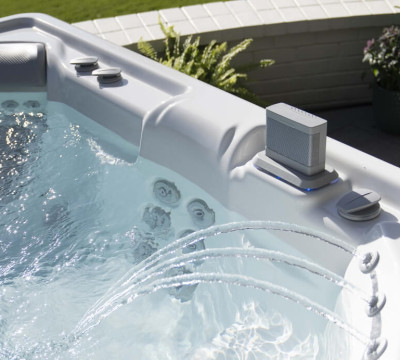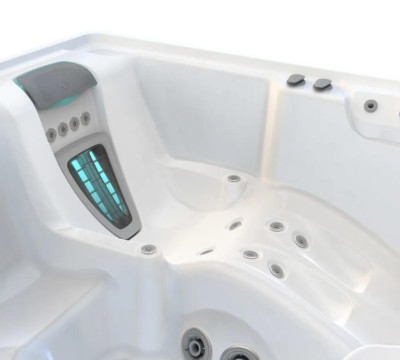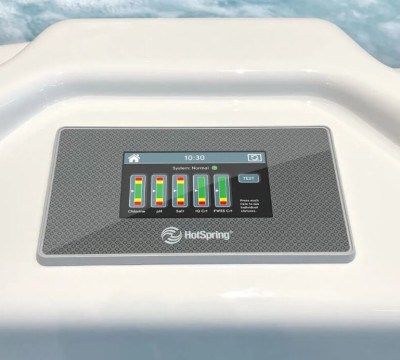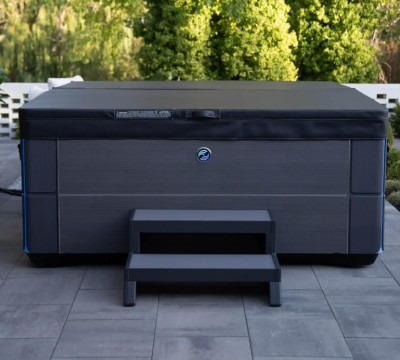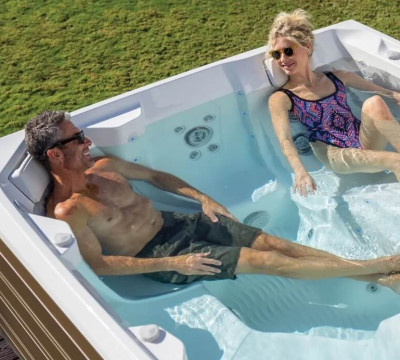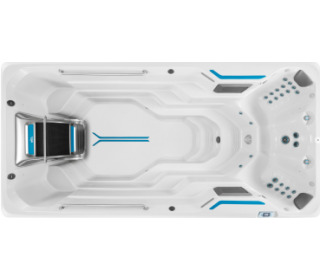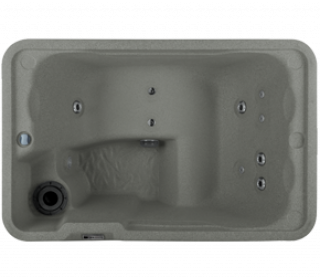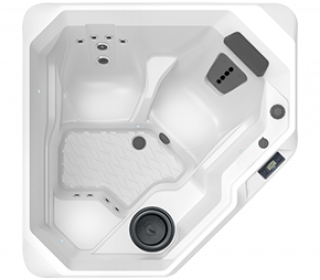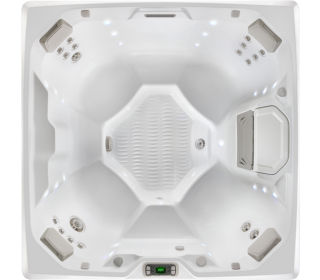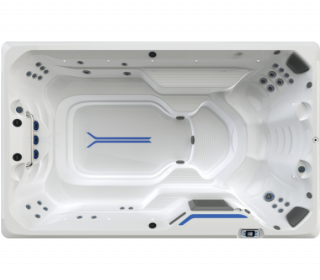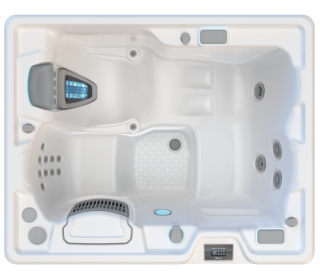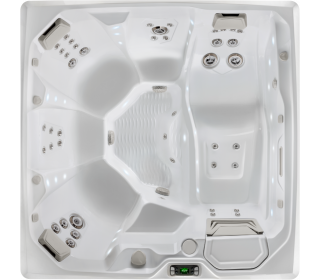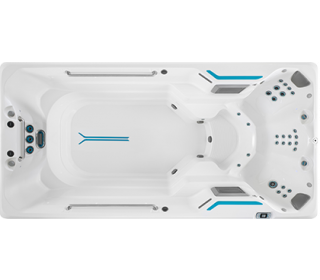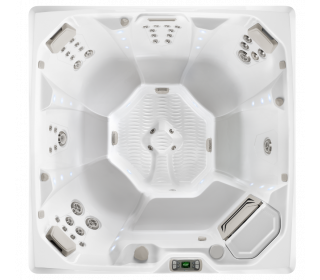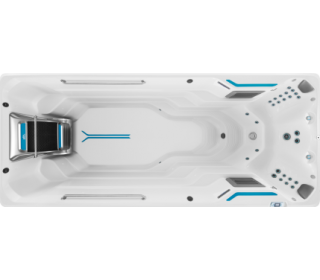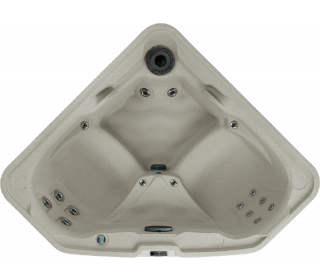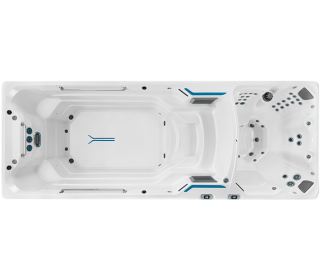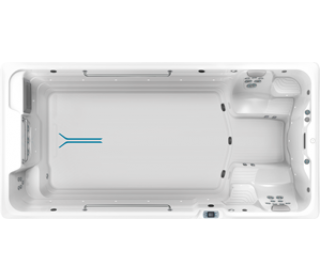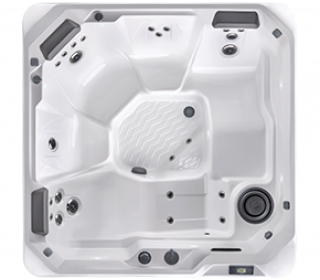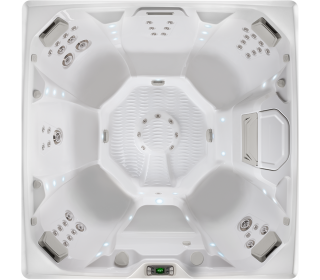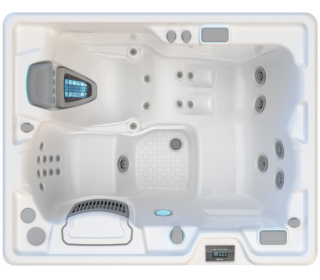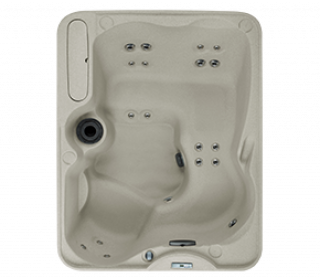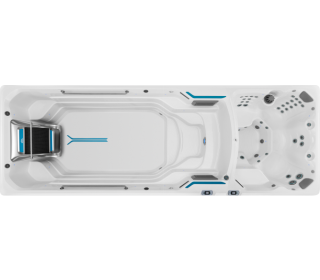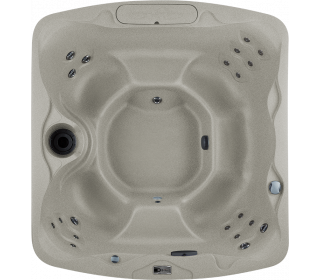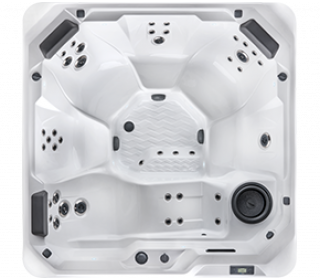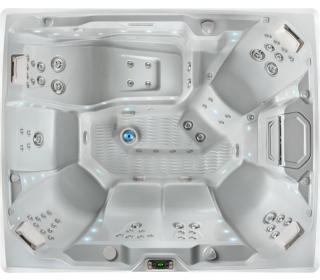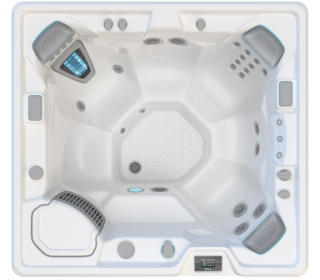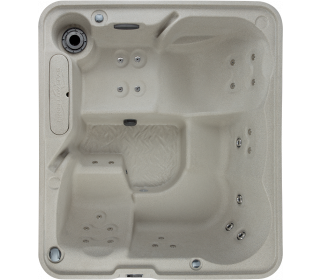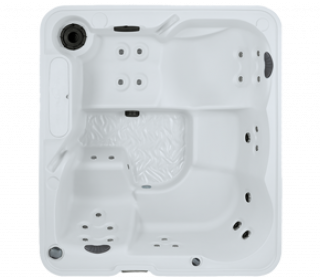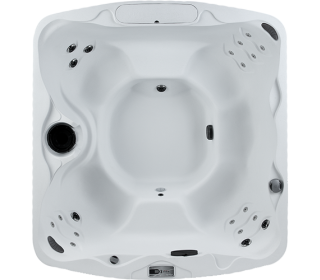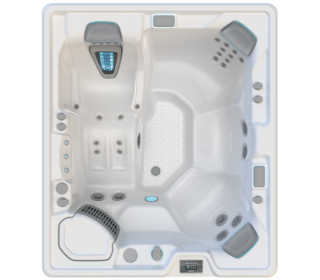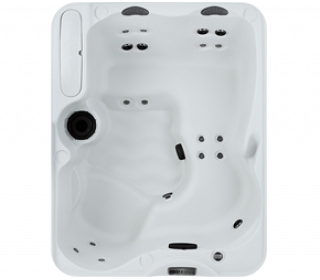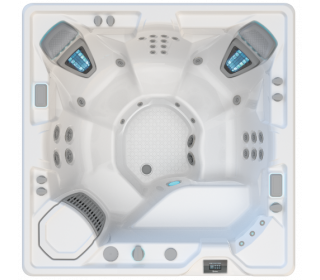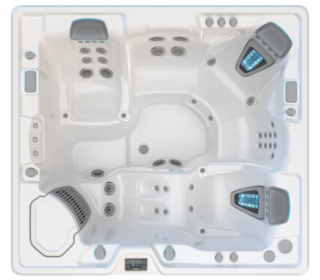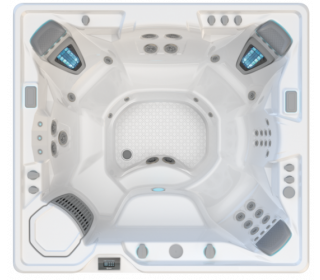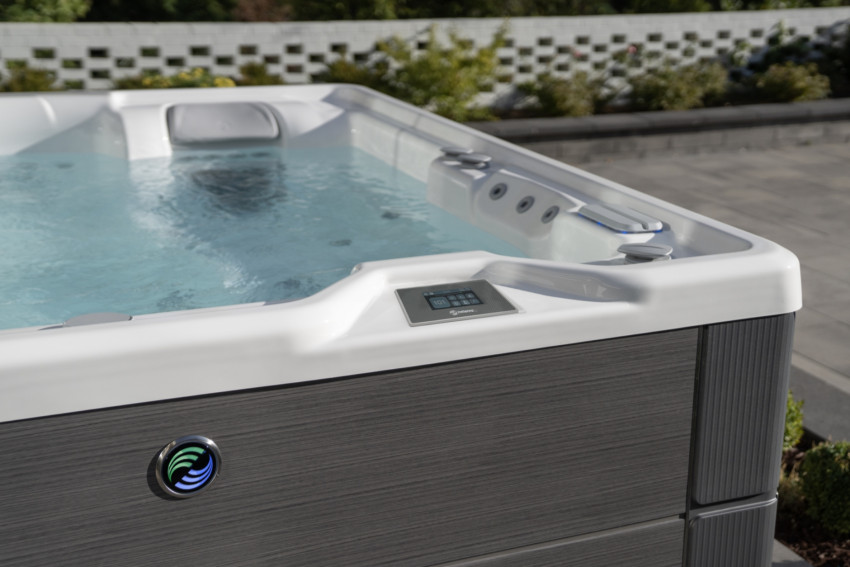A strong and consistent supply of nutrient - and oxygen-rich blood is key to ensuring each one of your body’s vital organs operate at their optimum. People who lack such circulation can struggle with the associated symptoms, and can go on to develop a range of diseases and disorders. But could a spa pool be the rather surprising key to improving blood flow?
Spa pools can indeed help to improve the circulation of blood around the body. They do so by simultaneously opening up the blood vessels and getting the heart pumping a greater volume of nutrient-rich blood, all while offering a tranquil post-work soak or Friday night fun with friends.
But what is the science behind these claims? And how might you capitalise on the health and wellness benefits of a spa pool if they turn out to be true? Read on to find out.
What does a spa pool do to your body?
When you step into a spa pool, you’re instantly enveloped in water that is similar to your internal body temperature. This elicits a range of weird and wonderful physiological responses, many of which are directly connected to your cardiovascular system. By understanding these responses, we can use them to our advantage.
In terms of the cardiovascular system, the four main effects of warm water immersion are:
- Increased heart function: This study noted that warm water immersion was effective for cardiovascular function improvement and an elevation in cardiac output – in other words, your heart pumps more blood when you’re submerged in warm water.
- Improved blood flow: This review noted that warm water bathing appears to improve blood flow in people with chronic heart failure due to a natural widening of the blood vessels when exposed to high temperatures.
- Less impeded blood flow: This study also found that the more horizontal posture of people in a spa pool helps to further encourage blood flow, as blood doesn’t have to fight gravity quite as hard.
- Reduced arterial stiffness: This study found that participants who submerged their feet and lower legs in warm water for 30 minutes showed reduced arterial stiffness which can lead to high blood pressure.

Does a hot tub help with blood circulation?
Given the physiological effects listed, warm water immersion has become an increasingly common treatment option for people with blood circulation issues. Through a spa pool investment, an ever-greater number of Australians are looking to enjoy these benefits in their own homes. But exactly how does a hot tub help with blood circulation?
By pumping a greater volume of blood through widened blood vessels, a hot tub is able to supply the body’s vital organs with more of the oxygen and nutrients each needs to operate effectively and guard itself against disease. The effects of the improved circulation offered by a spa pool are many and varied, with the potential to treat everything from arthritis to anxiety.

Can hot tubs affect blood pressure?
With an estimated one in every three adults suffering from high blood pressure, it is one of the most common cardiovascular issues our nation faces. Happily an effective treatment might be found in a surprisingly luxurious place – the inside of a Hot Spring spa pool.
The physiological effects triggered by warm water immersion, most notably the widening of blood vessels and the more consistent flow of blood from the heart, mean that it has proven to be an effective way to decrease high blood pressure. In spa pools these effects are arguably magnified, as strategically placed jets direct therapeutic streams of water to key areas of the body, further encouraging blood flow in the same way that a traditional massage does.
While 33% of the Australia population has high blood pressure, many don’t realise, often only clicking when serious symptoms begin to present themselves. In these cases, a Hot Spring spa pool can prove to be a far more impactful investment than an owner might realise.
Is a hot tub good for peripheral artery disease?
Peripheral artery disease is a common circulatory condition in which patients experience reduced blood flows to the limbs due to narrowed arteries. Symptoms can include leg pain, numbness and weakness, a feeling of coldness in legs and feet, and sores failing to heal.
This disease is most often caused by a build-up of fatty deposits, making exercising and diet the most effective cures. Many people struggle to rid themselves of the disease however, which can make managing the ongoing symptoms every bit as important.
With the ability of warm water to expand blood vessels, and with leg and foot jets helping to massage the affected areas, a Hot Spring spa pool can offer effective treatment for peripheral artery disease, helping to minimise pain and other symptoms, allowing a patient to move more freely, and opening up the opportunity for exercise. In fact, according to this 2019 study, hot water therapies can help to manage the disease just as well as exercise, granting relief to those who might find fitness difficult.
But what if you could exercise while you soak in the healing waters of a spa pool? That’s the proposition offered by a Fastlane Pools swim spa, a jet-lined spa pool that doubles as an aquacise and hydrotherapy machine, offering a spectacular swim-in-place experience.
While circulation issues might be common in Australia, they needn’t be debilitating. In fact, given the range of verified therapies and treatments that Hot Spring spa pools and Fastlane Pools swim spas offer, a blood pressure or circulation issue might form the perfect excuse to add a bit of luxury to your backyard.



